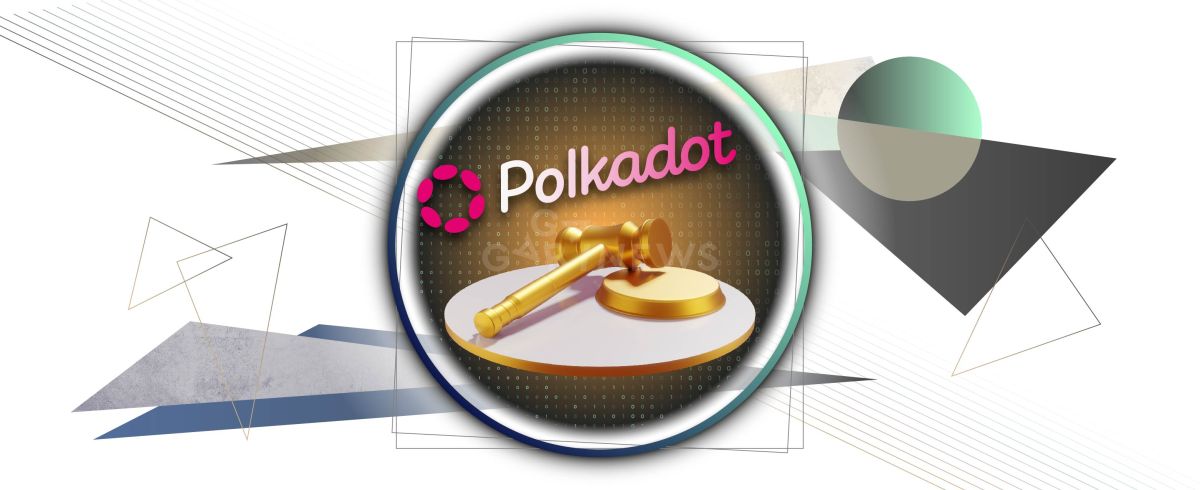What Are Polkadot Parachain Auctions and How Can You Earn?

Polkadot supports parachains, new projects within its existing network, which will develop hand in hand with Polkadot.
On this page
The Polkadot architecture allows developers to create their crypto projects within its ecosystem. However, it's not enough to simply develop a parachain (a new blockchain that functions in the Polkadot network), winning an auction is critical to get onboarded.
A parachain auction is a kind of auction where users can vote with their DOTs for a particular project. The parachain that accumulates the most DOT coins at the end of Crowdloan (fundraising) wins the auction and gains priority for listing and development assistance from Polkadot.
It’s worth noting that DOTs staked behind the project are not spent, but only locked for the lease period (96 weeks on Polkadot). In addition, those who vote for parachain slot auction projects receive a reward based on the amount of DOT they locked up.
Simply put, you lock DOT for 2 years and in return, you get tokens in another project. Information on all auctions is available at Parachains.info. Over the year, 29 projects have already won parachain slot auctions.
First 5 Polkadot Slot Auction Winners
Parachain auctions are held primarily to develop the Polkadot ecosystem. Developers launch their DEFI, GAMEFI, and NFT projects, and, gain community support and publicity through bidding and fundraising.
The DOT's circulating supply decreases as users lock them, which means they can't be sold for 2 years. Theoretically, this shall lead to a decrease in the inflation rate and an increase in the price of Polkadot's native token.
However, everything turned out differently. The main investment trigger is the project's profitability. With parachain auctions, the tokens received from the new project must cover the DOTs staked behind the project.
For example, you bought DOT at $10 per token and got $20 in tokens. Your net income is 100%. In addition, you'll get your DOTs back after the lease period. But today the results can hardly be called positive: Litentry has the best results out of 12 projects. Users received $5.5 for 1 DOT, and many spent times more money to buy DOT. Hence, even after unlocking the coins, the costs will not be recouped because of the severely fallen token exchange rate.
Payback statistics for DOT investments in parachains
Before launching its own auctions, Polkadot first tested parachains on the Kusama test network, which showed good results. Many parachains allowed investors to earn well on the all-time high of their tokens. Some of the projects on Polkadot also came out well, but the problem is that only 30% of the parachain tokens are usually available after listing. The other 70% of the token reward pool is released within the lease term (one year on Kusama, and 2 years on Polkadot). But due to the crash of the entire crypto market, many projects have lost up to 98% of their maximum value, and are now worth a “penny”.
Payback statistics for KSM investments in parachains
Once DOTs are unlocked, users can re-lock them in the slot and continue to receive parachain tokens. But since most bidders bought DOTs at $30-40 and, due to the bear market, got the equivalent of $2-3 in new project tokens, many users see no point in further investing in parachain, selling the coins immediately after receiving them, which brings the price down even more.
Some investors who bought the coins at $3-4 got no loss because the DOT value was higher than its purchase price. This shows that participation in parachain auctions looks much more interesting than holding coins in your wallet. The Polkadot network has quite ambitious plans for the future, and we have to accept that the development and integration of new parachains expand the ecosystem and drive liquidity.
The content on The Coinomist is for informational purposes only and should not be interpreted as financial advice. While we strive to provide accurate and up-to-date information, we do not guarantee the accuracy, completeness, or reliability of any content. Neither we accept liability for any errors or omissions in the information provided or for any financial losses incurred as a result of relying on this information. Actions based on this content are at your own risk. Always do your own research and consult a professional. See our Terms, Privacy Policy, and Disclaimers for more details.




























